|
This week’s episode is truly “A Story in Stone.” I have the unique job of researching and writing based on the premise of seeking out funerary monuments and markers in an effort to explore and explain the lives of past people, places and events. One experiences a special sense of contextual wonderment when encountering the actual gravestone of a gravestone maker. I’m talking about a “maker’s” personal monument over his own “final resting place.” It makes you question whether or not the mason formed his own stone before death, or if it was designed and crafted by an underling or colleague? Here in Mount Olivet, we have plenty of men involved in this trade buried within our cemetery, surrounded by specimens of their talent, sweat and toil. You generally have to go back in time to find such gifted craftsman, folks who carved slabs of granite and marble with the tools of the trade in order to make both standard tombstones and ornate works of art with sculptured human figures and iconic Victorian Era symbols such as crosses, urns, flowers and columns. Today, most stones are machine made with extreme accuracy. I hope to share more about this earlier trade and its local masters buried here, possessing names such as Lough, Baker and Sifford. A few years back, I was abruptly introduced to a former monument maker whom I was completely unfamiliar with. The event happened back in spring 2020, while I was taking pictures in the cemetery’s Area T for another story I was writing about a World War I soldier. A gentleman parked on a nearby lane and actually tracked me down. This was Mike Schaden, a retired local veterinarian, who (with his staff) cared for countless beloved pets for decades from the confines of his office on Opossumtown Pike, located on a bluff overlooking scenic US15 and my alma mater Thomas Johnson High School to the east. Schaden’s father was a veterinarian in Frederick and started his own practice in 1942. Mike went on to graduate school at the University of Pennsylvania School of Veterinary Medicine, and received his degree in 1972. He began practicing in upstate New York, but just a few years later, he purchased his father Harold Schaden’s practice here in town. In addition to a 47-year career, Mike also served the community in several other civic roles including two terms as a member of the Frederick County Public School’s Board of Education in the 2000s. On the particular day in question, Mike had visited the cemetery office in search of me, as he was performing genealogy work and wanted to ask me some questions regarding his Mantz ancestors—another past topic of a past “Story in Stone.” Since retiring at the start of the year (2020), Mike now had time to perform family history research and had jumped in with both feet. After making official introductions to each other, and naming people we both had in common, I did my best to answer some of Mike’s queries as we roamed aimlessly around Area T. Whether by design or happenstance, we rounded the northeastern corner of the T section and Mike led me to the grave of his great-grandfather. The first thing Mike shared about his ancestor was the fact that he was a monument maker here in Frederick. Mike and I began discussing the unique style of the monument, with what can best be described as having somewhat of a unique rough and “hand-hewn” appearance. We began looking in different directions, pointing out others of the same look and style and concluded that these were also the work of this craftsman over his 40+ year career in the trade. I asked Mike to connect the genealogy dots for me, linking him to the man. He replied that his own mother was a woman named Anna Lee Schaden (1922-1997), whose maiden name was Etchison. Anna was the daughter of Carol Lee Etchison (1899-1977) and wife Emma Taylor (1900-1966). Emma’s father was the gentleman buried in front of us. Howard Greenwood Taylor Howard Greenwood Taylor was born in Baltimore on July 5th, 1875 to Thomas Taylor (1848-1912) and Agnes Lovell Taylor (1852-1938). The census of 1880 shows the family living on Sweet Aire Street in the Hampden neighborhood of northwest Baltimore, a few blocks east of Druid Hill Park, just inside today’s Jones Falls Expressway. According to census records over the years, Howard’s father had a mixture of jobs including carpenter, huckster and watchman. Our subject grew up in “Charm City” and attained the equivalent of a fourth grade education. It is assumed he learned the trade of carpentry. He was already living in Frederick City when he married a Frederick County girl, originally from Libertytown, named Flora Ann Rippeon (1874-1944) on July 7th, 1896. This was just two days after his twenty-first birthday. The couple can be found living in Frederick City on E. 6th Street by 1900. They were next door neighbors to Howard’s older sister Fannie (Taylor) Forsythe (1872-1909). Fannie had married James Pythias Forsythe (1871-1944) and from the census of 1900, both brothers-in-law were employed as stone cutters at this time. Howard originally came to Frederick as a result of his brother-in-law, James. An advertisement in a local newspaper from December, 1895 announces the arrival in town of Mr. Forsythe, “a skilled granite and marble worker from Baltimore.” Mr. Forsythe was in the employ of Frank B. Sappington, the new owner of the J. E. Sifford tombstone works located at the northeast corner of E. 2nd Street and East Street. This is today’s home of the Road & Rails Museum. I theorize that James P. Forsythe summoned his brother-in-law (Howard) from Baltimore shortly thereafter to move to Frederick and assist him under Mr. Sappington. The occupation of a stone cutter was certainly not an easy one as it not only took great strength to move marble and granite pieces, but the precision of a keen eye and steady hand, as cutting and inscription mistakes were devastating. In addition to grave monuments, it appears the gentlemen worked on other pieces such as table and countertops, and building ornamentation, steps, porches and curbing. While researching, I discovered a couple examples of the occupational hazards James would encounter. The career would provide a good living for both men and their respective young families. By the middle of the first decade of the 1900s, it appears that Forsythe worked in the stone-cutting business of his own. He may have started a business by the name of the Frederick Marble and Granite Works, but I couldn’t find a mention of this moniker in the newspaper until 1911. A new location was necessary because the Sifford Works location on E. 2nd and East streets would soon become the home of the Frederick City Electric Light Works. However, James may simply have worked as a contractor in the marble and granite trade during these years.
Land records show the Taylors purchasing property near the National Pike in 1907 in the vicinity of what was called Pearl, east of Bartonsville at today's address of 5814 Bartonsville Road. Pearl is where the Jug Bridge Seafood (known to longtime Frederick Countians) operated, today known as Avery’s Maryland Grille. By this time, Howard and Flora Ann had five children: Lillian (b. 1897), Emma (b. 1900), Helen (b. 1901), Flora (b. 1903), Ruth (b. 1905). I don’t know what caused the move to Virginia other than a lucrative (or necessary) job opportunity. The Pearl property would initially serve as an investment property by the Taylors who ended up mortgaging to the Forsythes in their absence. Maybe this property was possibly bought to serve home to a marble and granite related business location under Forsythe’s management while the Taylors were in Culpeper. While in Virginia, it can be presumed that Howard worked in the stone cutting and memorial trade as well. I searched long and hard to find Howard and his family in the 1910 census with no luck. I discovered, however, that Howard’s kid brother Raymond Austin Taylor (1886-1934) had moved into his old home on E. 6th St and was working for James P. Forsythe as a stone cutter. In 1910, I found an advertisement announcing that Howard and Flora’s property at Pearl had been sold in 1910 due to a mortgage foreclosure by Forsythe. As can be seen from the 1911 article below, Howard must have returned to Frederick around this time period as he moved (or opened) the Frederick Marble and Granite Works to a location on N. Market and E. 4th streets in Frederick City. Today, this location constitutes the parking lot of the Joy Convenience store. I theorize that the Taylor family’s move back to Frederick was precipitated by the death of Howard’s sister, Fannie Forsythe in 1909. She is buried in Mount Olivet’s Area M/Lot16. I have to imagine that her marble gravestone was delicately formed by James. James Forsythe and his children moved to the Midwest, first to St. Paul, Minnesota where he worked as a print shop superintendent, then to Muskegon, Michigan where he and his 35-year old daughter Fannie worked as gravestone setters, and eventually to Laketown, Polk County, Wisconsin. He died in nearby Luck, Wisconsin on April 4th, 1944 at the age of 72 and is buried in Haustrup Cemetery in Atlas. I was curious to see his final resting place and was quite underwhelmed by him having only a simple footstone-style memorial. Howard now was the proprietor of Frederick Marble and Granite, and he too took his lumps of the profession as illustrated by a few articles in the local paper. After five girls, a boy, Howard G. Taylor, Jr. would be born later to the couple in 1913. The Taylor family could be found living in the 800 block of N. Market St. Howard would move his business to a convenient location next door to his home. This would eventually be 818 and 820 N. Market Street. One of Mike Schaden’s prized Taylor heirlooms is a photograph taken around 1916 in the yard of the Frederick Marble & Granite Works. The whole family gathered for a formal picture, I guess you could say a precious moment “captured in stones” (plural)! This area served as the business’ showroom, and I’m sure was a jungle gym of sorts for the Taylor children. This photo is amazing in so many ways. It sparked Mike to search for the prominent gravestone in the foreground, unique for the twin torches carved on each side of its face. Well, he found this in Mount Olivet's Area C/Lot 86. This stone belongs to John W. Houck and his wife Annie. One will note that John died in 1873, and I questioned this point until I saw that Annie would live until 1924. I went in search of John's obituary and I found the ironic twist that he, himself was a stone cutter by trade. He was only 31 and left a widow and six children which speaks volumes why a memorial wasn't placed until later. With the family photograph as a key, we can safely say that this stone was placed in Mount Olivet around 1916. Thanks to Findagrave.com, I found this photo of the decedent. The Taylor home and marble and granite works was the outskirts of Frederick City limits at the time as N. Market Street slowly turned into the Woodsboro Pike, passing Rose Hill Manor and other farms on its way north. I still marvel of how these large chunks of granite were transported to the workshop, and then to the cemetery. I'm sure it was simply horse and wagon doing the heavy lifting in those early days. From what I found, Howard seemed to be an automobile enthusiast himself and spent spare time motoring with his family on the rural roads of the county, and made trips to see family in Baltimore as well. Articles in the local newspaper prove this point. Also found in the Frederick "newspapers of old" are simplistic advertisements for Howard’s business over the next few decades. In 1912, the obituary of Howard’s father, Thomas, appeared in the Frederick News. I was surprised to learn that Howard’s parents had moved to Frederick just a few years prior. Was this also a factor of Fannie Forsythe’s death? Was it also a cause for James Forsythe to escape his in-laws? We may never know. I’m sure the death of his father was a blow to Howard, and I also would think that Howard made his father’s gravestone. I found a picture of this on Findagrave.com as Thomas F. Taylor is buried in Baltimore’s St. Mary’s Episcopal Cemetery.  Howard’s mother is buried here too, as she would die 26 years later. Maybe this was Howard’s marble stone style, or maybe it was done to match a preference by the family to match other stones in the Baltimore cemetery or those of relatives. In talking with Mike, we discussed how these stones differed greatly from the typical style of Taylor’s hand in granite found in Mount Olivet. Here we have specimens that possess the distinctive roughness of both pedestal and main stone as mentioned earlier—chief characteristics also noted in the 1916 photograph. We deduct that those stones we attribute to Taylor include a raised, tubular style lettering and numbering exemplified in Taylor’s own family grave monument and footstones. Mike believes that perhaps special forms or template pieces were used to help give these neat and orderly smooth, rounded edges—the opposite of typical gravestone inscription. I provide here a number of Taylor’s stones as found in Mount Olivet. Note in some cases, the stone cutter added floral designs among others. The Taylor family stone was erected in Mount Olivet in Area T in 1918. Sadly, Howard and Flora would bury their 12 year-old daughter Ruth Emma here on May 1st of that year. Taylor and other gravestone makers would visit this cemetery section quite a bit over the next year as it contains the final resting place of nearly fifty victims of the Spanish Flu that raged as a pandemic the following fall. I found Howard’s draft registration from that period and another ad saying that he had entered into the hauling business as well. It was likely a means to help pay for the truck he needed for his tombstone business. I continued to find Howard G. Taylor doing his thing in the 1920 census at the home and business location at 818 and 820 N. Market Street. Howard's daughters would eventually marry, and his namesake son, Howard, G. Jr. (1913-1977) would choose a career in dentistry in lieu of the family business. In a way, a steady hand is needed in that profession as well. He would relocate to Montgomery county and retire to Key Largo, Florida. He is buried in Damascus, Maryland. He can be found living with his parents in the census records of 1930 and 1940 which also list his father’s profession. 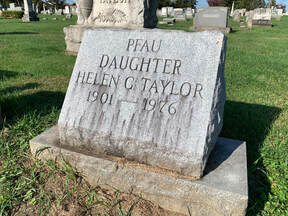 In looking through newspapers, I found that daughters Flora (Taylor) McMaster (1903-1981) and Lillian (Taylor) Anderson (1897-1987) would relocate to Baltimore, site also of their final resting places. Helen Taylor would marry Leslie Gaver (1901-1976) and then again to a gentleman named Harry C. Pfau of Baltimore. She is buried next to her parents and sister Ruth in the family lot on Area T. The last remaining child to speak of in that wonderful family photograph was Mike Schaden’s grandmother, Emma Taylor, who we discussed earlier as marrying into the Etchison family. I uncovered a great article from August, 1931 in which Emma and her father caught a record number of crabs at Severna Park’s Magothy Beach. Emma (Taylor) Etchison died in 1966 and is buried with husband Carol in Mount Olivet’s Area F. The lot has a commanding view east from atop “Cemetery Hill.” Mike told me that the Frederick Marble and Granite Works business lasted up until 1940, an almost 30 year-run. The business moved locations in 1937 from N. Market St. to a location east of town and the former marble works would become an auto supply store a few years later. Flora would pass in November, 1944 and was buried in Mount Olivet’s Area T/Lot 42. At this time, Howard decided to give up housekeeping and sold his home and many accoutrements. He would take up his final residence at 122 Pine avenue in a duplex, not all too far from his longtime home in the north part of the city. Howard would marry again, a widow named Erma Ruth (Orme) Schaeffer (1893-2007). He stayed active as a proud grandparent, and also kept involved in Frederick civic life until his death on February 7th, 1961. He would be buried in Mount Olivet two days later in the shadow of his large family gravestone, made by his own two hands. Over sixty years after his death, Howard would be delighted to see his grandson (and wife Sheila) as part of the Friends of Mount Olivet membership group. Throughout spring, summer and fall, you can find them not only cleaning the gravestones that Howard G. Taylor sculpted, but also those of his competitors, and stone-cutters that honed their skill before and after the gentleman who would conduct business at 818 N. Market Street in the early 20th century.
6 Comments
Tiffany Taylor Newman
2/7/2022 11:22:14 pm
Howard G Taylor is also my Great grandfather and his son, Howard Jr was my grandfather.
Reply
NANCY M DRONEBURG
2/8/2022 12:05:49 pm
Another great story
Reply
Julie Dixon
2/11/2022 05:10:47 pm
Howard G. Taylor is also my great grandfather. His daughter, Helen, was my grandmother. My father, Howard Taylor Gaver was named after his grandfather. My grandson, Taylor, is named after my father.
Reply
Tiffany Taylor Newman
2/11/2022 07:49:49 pm
My Mom Tamara is Howard G Taylor, Jrs daughter. She was asking me about the Gavers the other night.
Reply
Julie Gaver Dixon
2/13/2022 04:24:11 pm
Helen Taylor married Austin Gaver and they had one daughter, “Winnie,” and twin sons, Howard Taylor (my father) and Austin “Les.” Helen and Austin separated and Austin died from tuberculosis when he was 35. Helen had 7 grandchildren…Dwayne, Nancy, Teresa, Patty, Julie (me), Kim (deceased) and Jay. The grandchildren live in Oregon, Delaware, Florida, South Carolina and Maryland.
laura callahan
12/1/2023 08:54:44 pm
This was a wonderful and well researched article about my step great grandfather Howard Taylor. His second wife was my great grandmother Erma Shaeffer (1902 - 1983). My mother met Mr. Taylor and always spoke very highly of him. She mentioned he was a stone cutter, but i never knew his complete history. When he married my great grandmother they lived on 122 pine ave. and ran a general store that is now the fudge and ice cream shop on 253 E Church St. Laura Callahan
Reply
Leave a Reply. |
STORIES
|
Archives
July 2024
June 2024
May 2024
April 2024
March 2024
February 2024
January 2024
December 2023
November 2023
September 2023
August 2023
July 2023
June 2023
May 2023
April 2023
March 2023
February 2023
January 2023
December 2022
November 2022
October 2022
September 2022
August 2022
July 2022
June 2022
May 2022
April 2022
March 2022
February 2022
January 2022
December 2021
November 2021
October 2021
September 2021
August 2021
July 2021
June 2021
May 2021
April 2021
March 2021
February 2021
January 2021
December 2020
November 2020
October 2020
September 2020
August 2020
July 2020
June 2020
May 2020
April 2020
March 2020
February 2020
January 2020
December 2019
November 2019
October 2019
September 2019
August 2019
July 2019
June 2019
May 2019
April 2019
March 2019
February 2019
January 2019
December 2018
November 2018
October 2018
September 2018
August 2018
July 2018
June 2018
May 2018
April 2018
March 2018
February 2018
January 2018
December 2017
November 2017
October 2017
September 2017
August 2017
July 2017
June 2017
May 2017
April 2017
March 2017
February 2017
January 2017
December 2016
November 2016

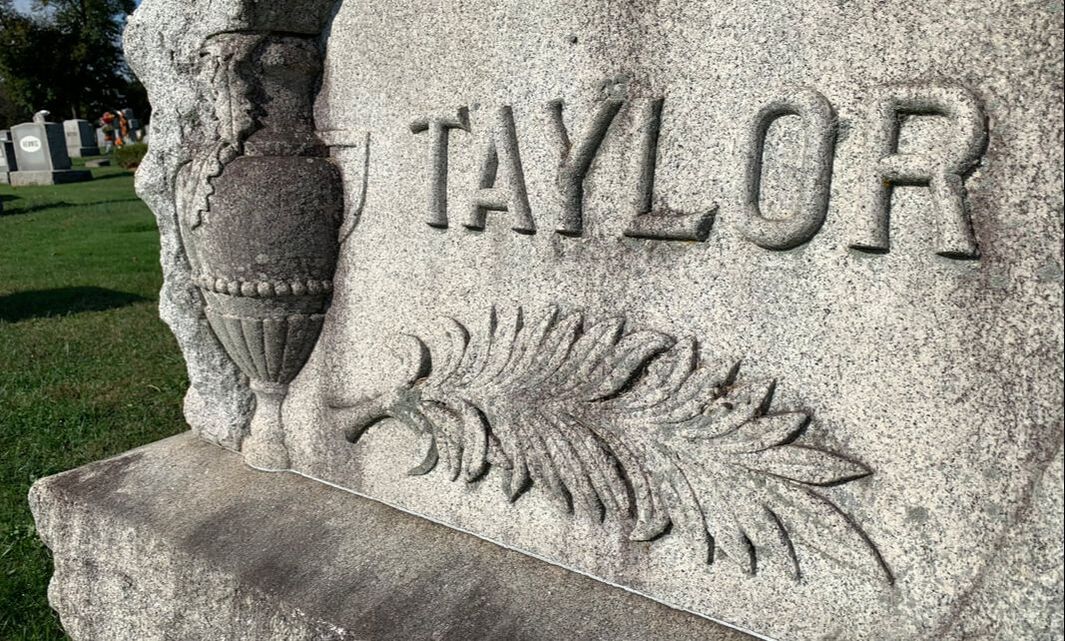










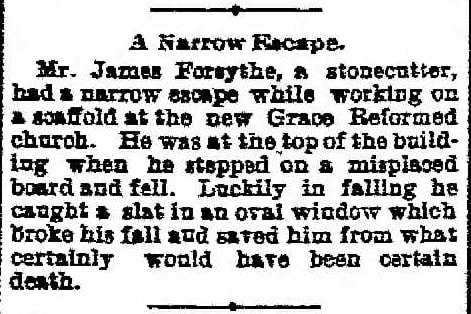



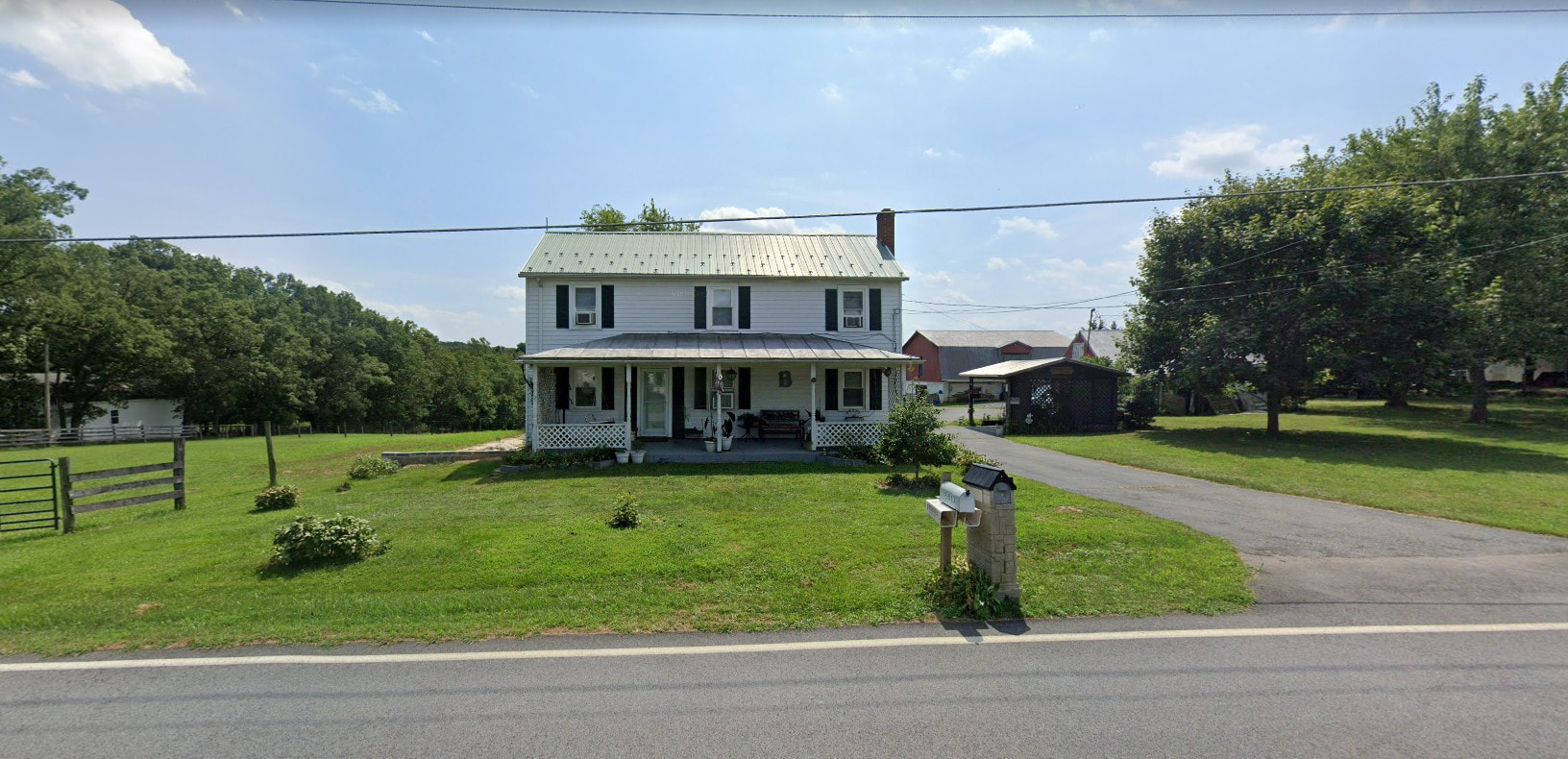









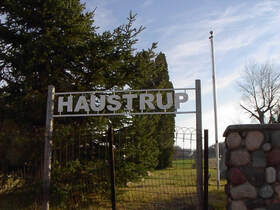
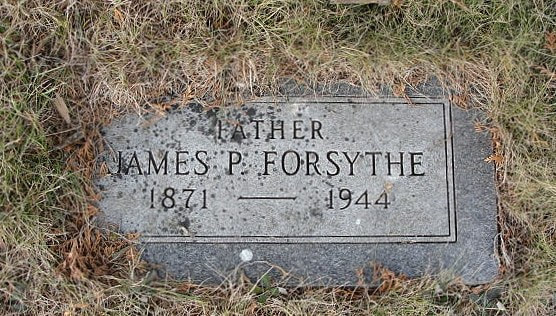


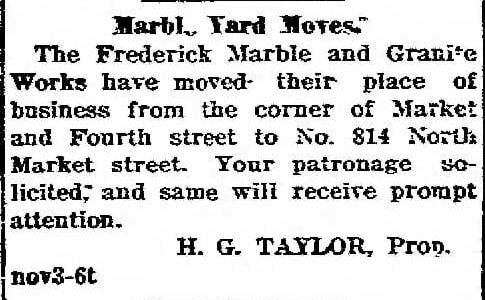
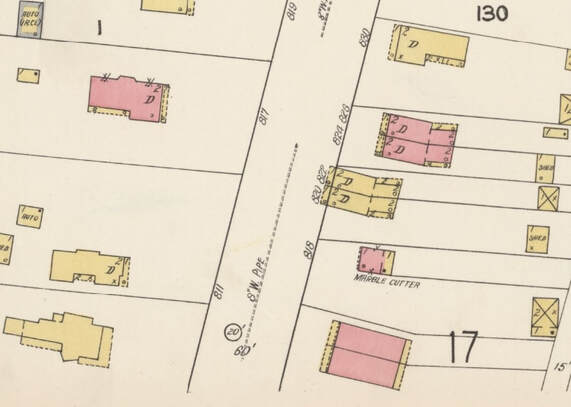















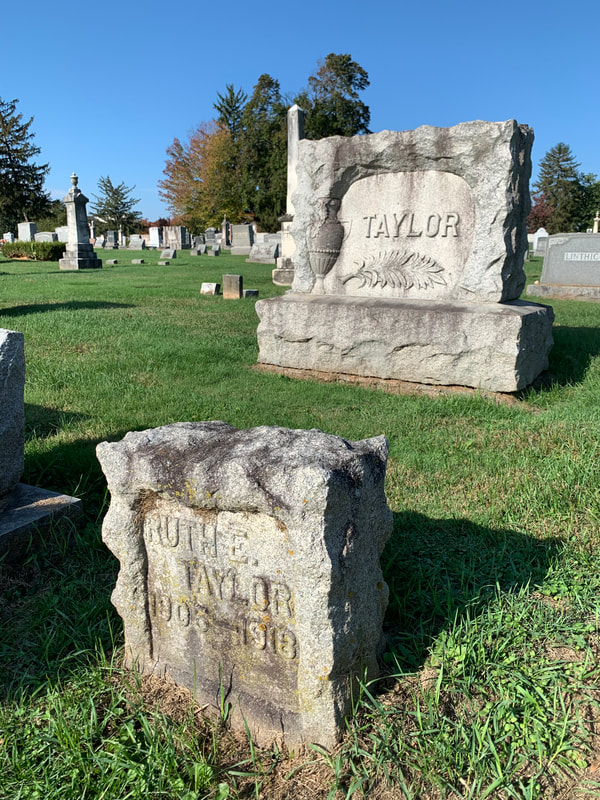












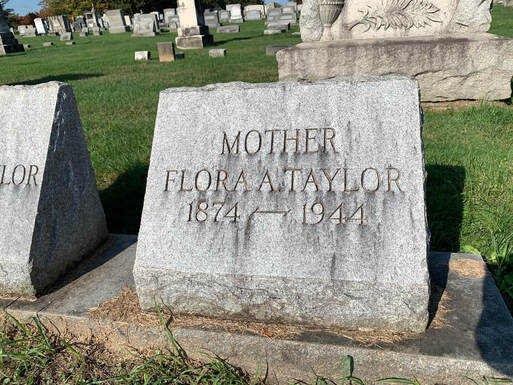









 RSS Feed
RSS Feed